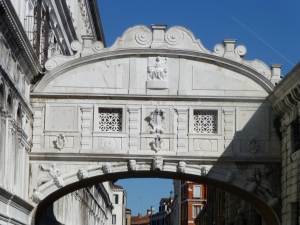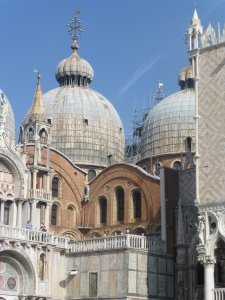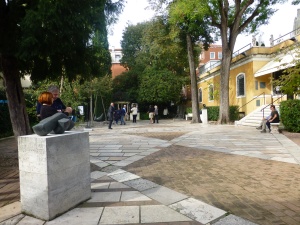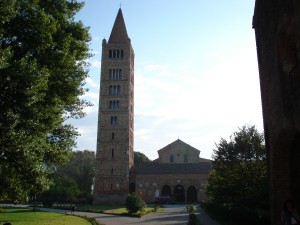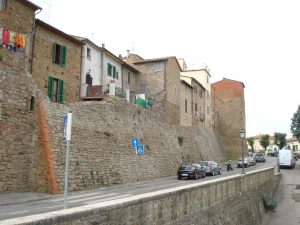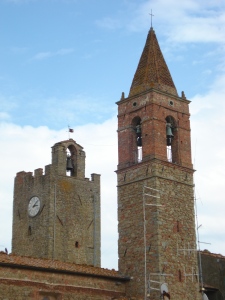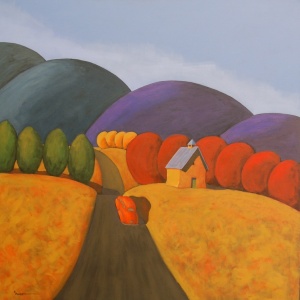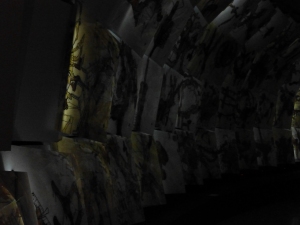A few thoughts stimulated by sleep deprivation on an “overnight” Trans-Atlantic flight.
In A Room of One’s Own, author Virginia Woolf referred to personal time as “solitude“.
Gretel Erlich’s Pulitzer Prize winning book, The Solace of Open Spaces, addresses the impact of being enmeshed in known places and relationships versus being apart, unleashed from the chaos of human community found in the “familiar”, as a source of solace. Her new close neighbors in Wyoming were measured distant in both miles and in understanding of reality. Solitude can be found there, perhaps even as a location-specific parameter of solace, but not a substitute for it.
These concepts, inexplicably for me, are often confused. Each summarizes in one word a state of being that, appropriately applied, seems essential at various times for a sound and balanced life. Essential to life whether one finds solitude voluntarily or through coercion, whether dispensing or receiving solace actively or passively.
Solitude evokes visions of a different environment than the “day to day” repetition of life. A beautiful, exclusive neighborhood named Solitude exists a few miles from where I lived for a decade. That Solitude is claimed by some residents to be renowned for its internicine warfare between neighbors who demand that their governing definition of “Solitude” be observed to a degree of pietism which their neighbors, The Others (also known as Those People), had best adhere. The stridency with which that solitude was pursued was purported (to put the best construction on claims) to include spying on neighbors, to reports (not always fictional) of incredible, mind-boggling acts by neighbors on their land and within their homes or blatantly on the streets and byways, to alleged retaliatory actions both anonymously and “in your face”, resulting in governmental intervention and lawsuits – some even justified!
Peyton Place may seem an enclave of solitude in comparison to how many perceived this place! Yet, I need not single out that Solitude, for most “neighborhoods” of any definition on this Earth are its cousins to some degree of separation! That Solitude is better than most.
The lid of civility on the boiling cauldron of “free will” is fragile indeed.
Yet, the overwhelming majority of the people in “neighborhoods” are upright, generous to a fault, of good repute at the city gate, fine stewards of the land, and wonderful in societal settings. Does your “Solitude” have a demanding, dictatorial new humanism, New Enlightenment, “my way or the highway” edge – because you are smarter, richer, better educated, better bred than “the other” with whom you disagree, must endure or, heaven forfend, share?
Solitude definitions from two on-line sources are instructive. wordnetweb.princeton.edu/perl/webwn offers “a state of social isolation; the state or situation of being alone; a solitary place.” en.wikipedia.org/wiki/Solitude proposed “…a state of seclusion or isolation; i.e., lack of contact with people. It may stem from bad relationships, deliberate choice, infectious disease, mental disorders, or circumstances of employment or situation (see castaway).” I had anticipated finding definitions that would also describe “a time out for one who does not play well with others”, as in “solitary confinement”.
The solitude that is part of the open spaces in which Gretel Erlich found solace is not always found in the dominant paradigms! The positive side of solitude and its value to an individual are rather far down the list in most general reference works, although “Public Solitude” (an apparant oxymoron) and “Fortress of Solitude” touch upon that aspect.
Solace, on the other hand, evokes images ranging from sympathy, tender care, respite from distress, and the like. To be even-handed about the matter, two on-line dictionaries have the following among their primary definitions of solace:
Solace definitions also abound, with wordnetweb.princeton.edu/perl/webwn offering “Consolation: the comfort you feel when consoled in times of disappointment; … Comfort in disappointment or misery; … Comfort: give moral or emotional strength to’, and http://www.thefreedictionary.com/solace sharing “Comfort in sorrow, misfortune, or distress; consolation. A source of comfort or consolation.” Someone looking for the solace defined there would probably not benefit from pursuing the overwhelming “search engine” sources, a voluminous list of movies and recordings.
Another definition sees solace as “an easing of grief, loneliness, or discomfort.” That result can also be seen in Gretel Erlich’s book, and seen as something that may be found in what many others would take to be painful, lonely or uncomfortable places where separation from family, friends, routine and recognized things might be overwhelming. In Solitude.
Many modern stories dwell upon grief, loneliness or discomfort, and sometimes all three. They demonstrate that solitude is a personal state found in cities among all that is familiar as well as in unfamiliar and pastoral settings. Gretel Erlich recounted an interval in life precipitated by grief, loneliness and discomfort that found solace not among the familiar, whether places, things, or friends, but in the unfamiliar and among strangers as well. Yet, it can clearly occur…“alone in the crowded room”.
What brings these clearly different concepts and realities together in a meaningful way? Certainly, there is no panacea to be found through this juxtaposition neither paradoxical nor oxymoronic, but sometimes both. Perhaps we each need to ponder both in our own ways… and allow others space and time to do the same, even during a fleeting midnight crossing of the point of no return … in solitude, seeking solace.




